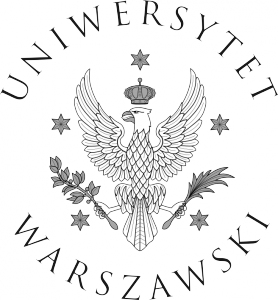Pisarek Joanna
Zakład Chemii Teoretycznej i Strukturalnej
Pracownia Krystalochemii
Morphology Optimization if Indole Analogue Crystals
Joanna Pisarek
Promotor: dr Maura Malińska
Indole and six simple analogs were crystallized in different environments to study crystal habit changes. All crystal structures were determined by X-ray diffraction experiments. Lattice energies based on DFT-D periodic calculations and framework analysis [1] were used to define the most important intermolecular interactions in the crystal lattices: hydrogen bonds (-34 kJ/mol), π···π stacking interactions (-18 kJ/mol), and dipole-dipole interactions (-18 kJ/mol). As morphology is an important feature in many industrial applications, such as photovoltaic cells, electronic devices, and pharmaceutical sciences, e.g. indole-3-carbinol has anticancer properties, we predicted the crystal morphology of selected crystals using the BFDH [2] and HB [3] models. Facet character depends on molecules’ orientation at the surface and, therefore, is sensitive to crystallization condition varieties such as solvent, method, temperature. We showed that the morphological importance of a {002} facet increases, whereas the {011} facet decreases with solvent polarity for 5-nitroindole crystals, resulting in a change of crystal habit from needle to plate. It is induced by favorable hydrogen bond interactions created between the polar solvent’s molecules and 5-nitroindole molecules at the surface. As a consequence, the {002} facet’s growth rate is low and its morphological importance is high.
Literatura:
[1] Edwards A.J., et al. Faraday Discussions. 2017, 203, 93.
[2] Prywer J., J. Cryst. Growth. 2004, 270(3-4), 699.
[3] Myerson, A.S., (Red), Handbook of Industrail Crystallization. 2nd ed. Butterworth- Heinemann.

